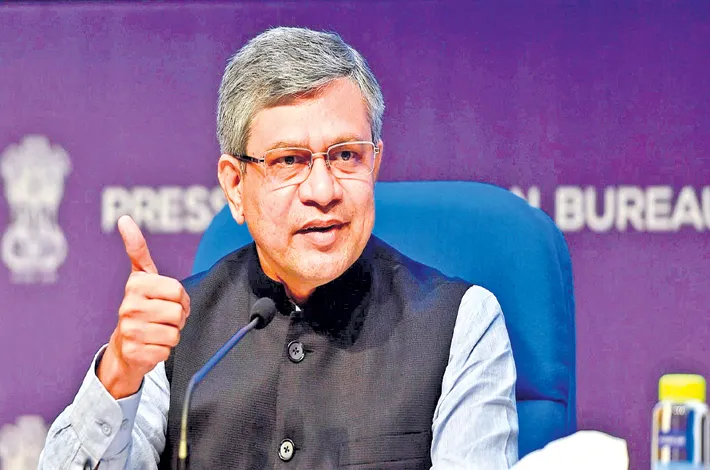India to hike FDI limit in PSBs to 49%?
28-10-2025 12:00:00 AM

The finance ministry has been discussing the matter with the RBI, over the past couple of months
Business Desk mumbai
India is planning to allow FDI in public sector banks up to 49% from the current 20%, Reuters reported quoting a source directly involved in the policy discussions. India has 12 government-owned banks, with combined assets of $1.95 trillion as of March 2025 that account for 55% of the banking sector.
The government plans to retain a minimum shareholding of 51% in state-run banks, according to the first source. At present, the government has much higher ownership in all 12 banks. Current foreign ownership in state-run banks ranges from a high of about 12% in Canara Bank to near zero in UCO Bank as of September 30.
The finance ministry has been discussing the matter with the RBI, over the past couple of months, said the person, adding that the proposal has yet to be finalised.
Foreign interest in India’s banking industry is on the rise as evidenced by Dubai-based Emirates NBD’s recent $3 billion purchase of a 60% stake in RBL Bank, and SMBC’s $1.6 billion acquisition of a 20% stake in Yes Bank which the Japanese lender later raised by another 4.99%.
PSBs are also seeing interest from overseas investors and raising the foreign ownership limit will help them gain more capital in the coming years.
The Nifty PSU Bank index rose as much as 3.02% to a record high of 8053.4 after the Reuters report, and closed the session 2.22% higher. A second source confirmed a hike from the current cap of 20% is under discussion, adding that the move is also part of an attempt to narrow the gap between regulations for government-owned and private banks. India allows foreign ownership of up to 74% for private lenders.
India’s robust economic growth-averaging 8% over the past three fiscal years-has led to rising demand for credit, increasing the attractiveness of the country’s lenders. Deals in India’s financial sector jumped 127% to $8 billion between January and September.
In general, PSBs are viewed as weaker than their private peers. Often tasked with providing credit to less affluent sections of society and opening branches in the hinterlands, the banks have been more prone to bad loans and have had weaker returns on equity.








